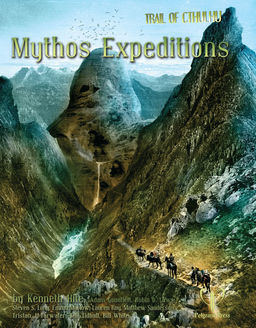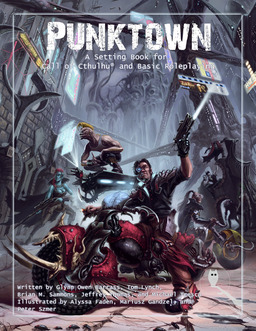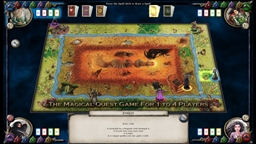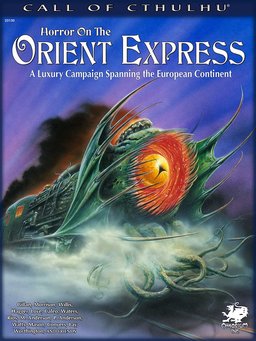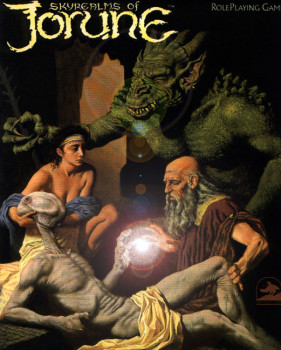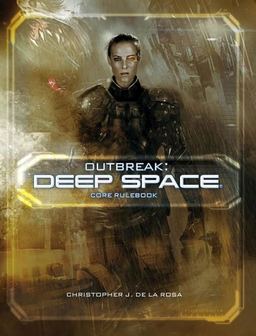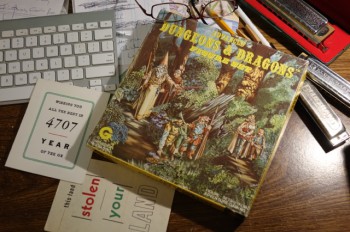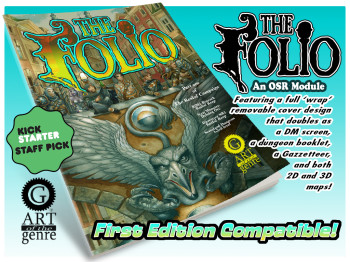The Classic Games of Metagaming: Chitin I: The Harvest Wars
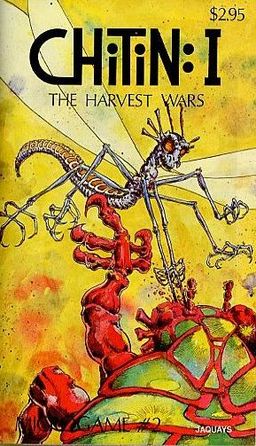 We’re back to reviewing the games that introduced me to fantasy and science fiction gaming. This is the second in a series, following my look at Steve Jackson’s classic Ogre earlier this month.
We’re back to reviewing the games that introduced me to fantasy and science fiction gaming. This is the second in a series, following my look at Steve Jackson’s classic Ogre earlier this month.
The second game I purchased from Metagaming (still by mail order, if I remember correctly) was Howard Thompson’s ambitious and imaginative science fiction wargame Chitin I: The Harvest Wars. I ordered it after seeing the advertisement in Analog magazine in 1978. The brief text of the ad read:
The intelligent insects of the plant Chelan go to war for one reason only. Food. This detailed tactical game pits varying forces of the specially-bred Hymenopteran warrior types against one another. Victory goes to the player who removes the most food — including enemy bodies — from the board.
Now, this was pretty cool. In 1978, science fiction games primarily meant things like SPI’s Outreach, and Avalon Hill’s Stellar Conquest. You got a bunch of starships and space marines, you plopped them down on a stellar map, and tried to blast the hell out of the other guy. Something like Ogre, in which one player took the role of an A.I.-powered supertank, was considered innovative.
Chitin, however, was genuinely different. There were no starships. No space marines. No planets ripe for the plucking.
There weren’t even any humans. Chitin was a true science fiction game — it placed you in an imaginative setting on a far away world, smack dab in the middle of a life-or-death struggle between two alien cultures.
Like all microgames, it shared a couple of appealing aspects with its predecessor Ogre: it could be set up, and played, in a matter of minutes. It was also about one-fifth the price of those big SPI and Avalon Hill games… no small thing when you’re an unemployed teen.
